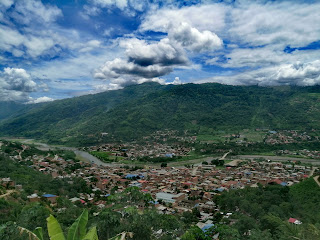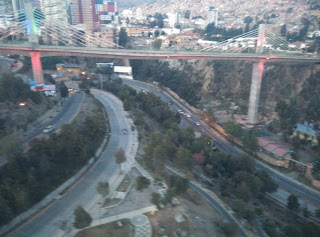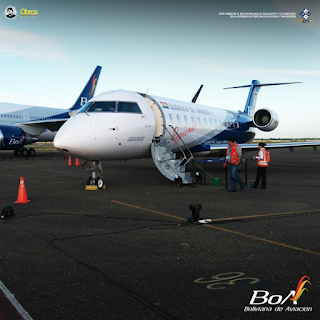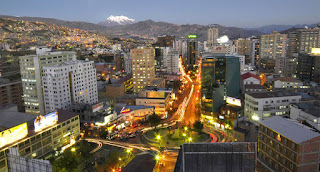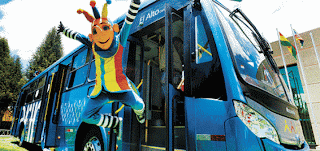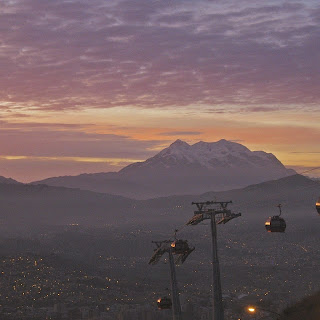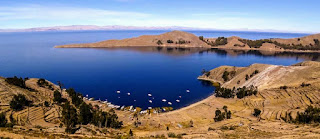We arrive to Copacabana

The Copacabana sanctuary is located 154 km from the city of La Paz. There are different ways to get to this place by public transport. The first is from the La Paz bus terminal, where buses from the companies Manco Kapac and Diana Tours leave at 7 in the morning. The second is from a stop near the general cemetery where buses and minibuses leave from 5 in the morning to 5 in the afternoon. Finally, tickets can be purchased at the El Alto interprovincial terminal, where buses and minibuses depart throughout the day. The trip is around three and a half hours, where you cross the plateau until you reach Tiquina on the shores of Lake Titicaca to cross the strait by boat and pontoon (service provided only during the day), continuing the last hour of journey to reach our destination. The first stop is the sanctuary of the Virgin of Copacabana, very popular with Catholics and faithful who come to listen to mass, leave flowers, light candles, bless movements, make promises and ask for favors
